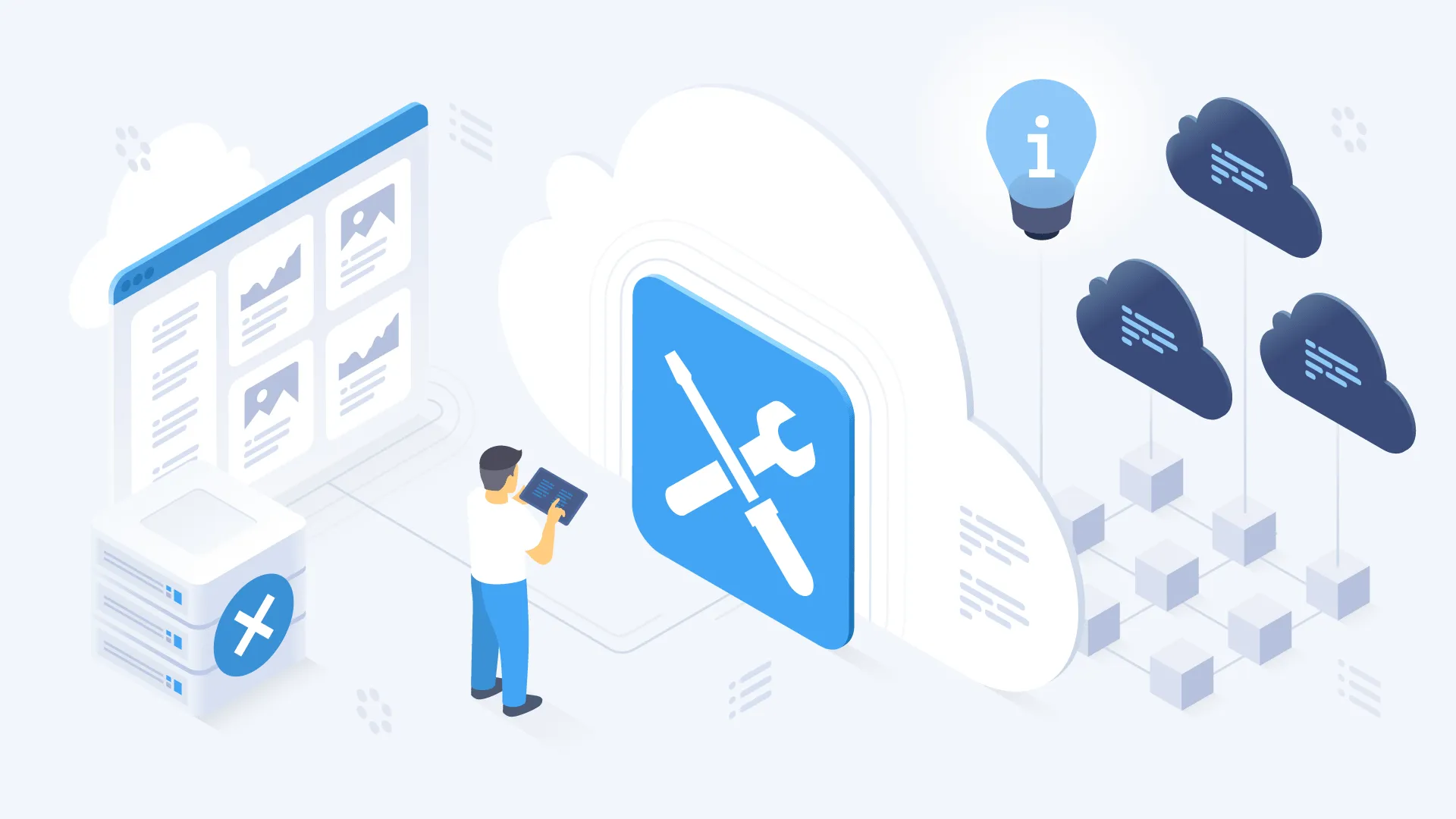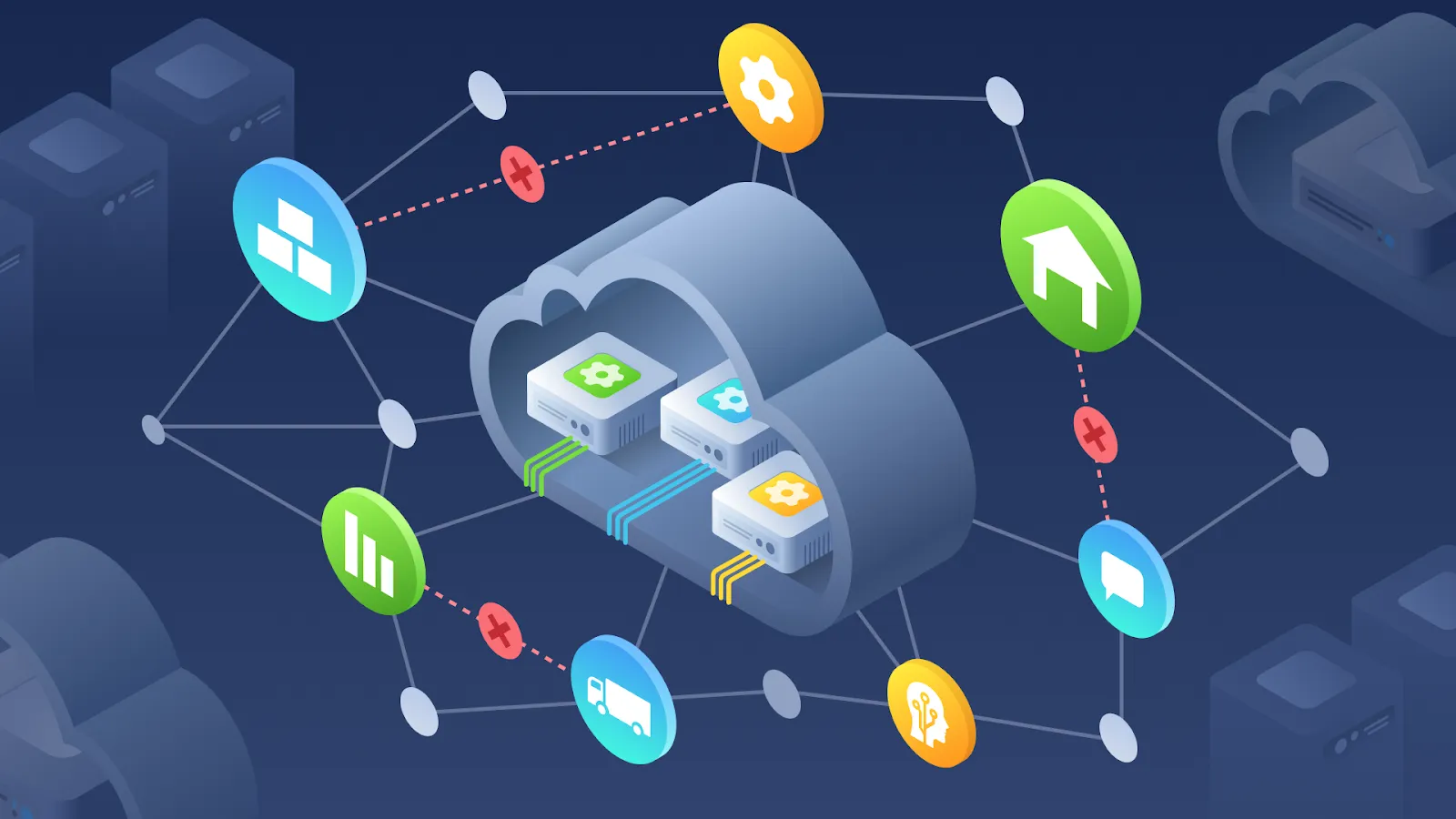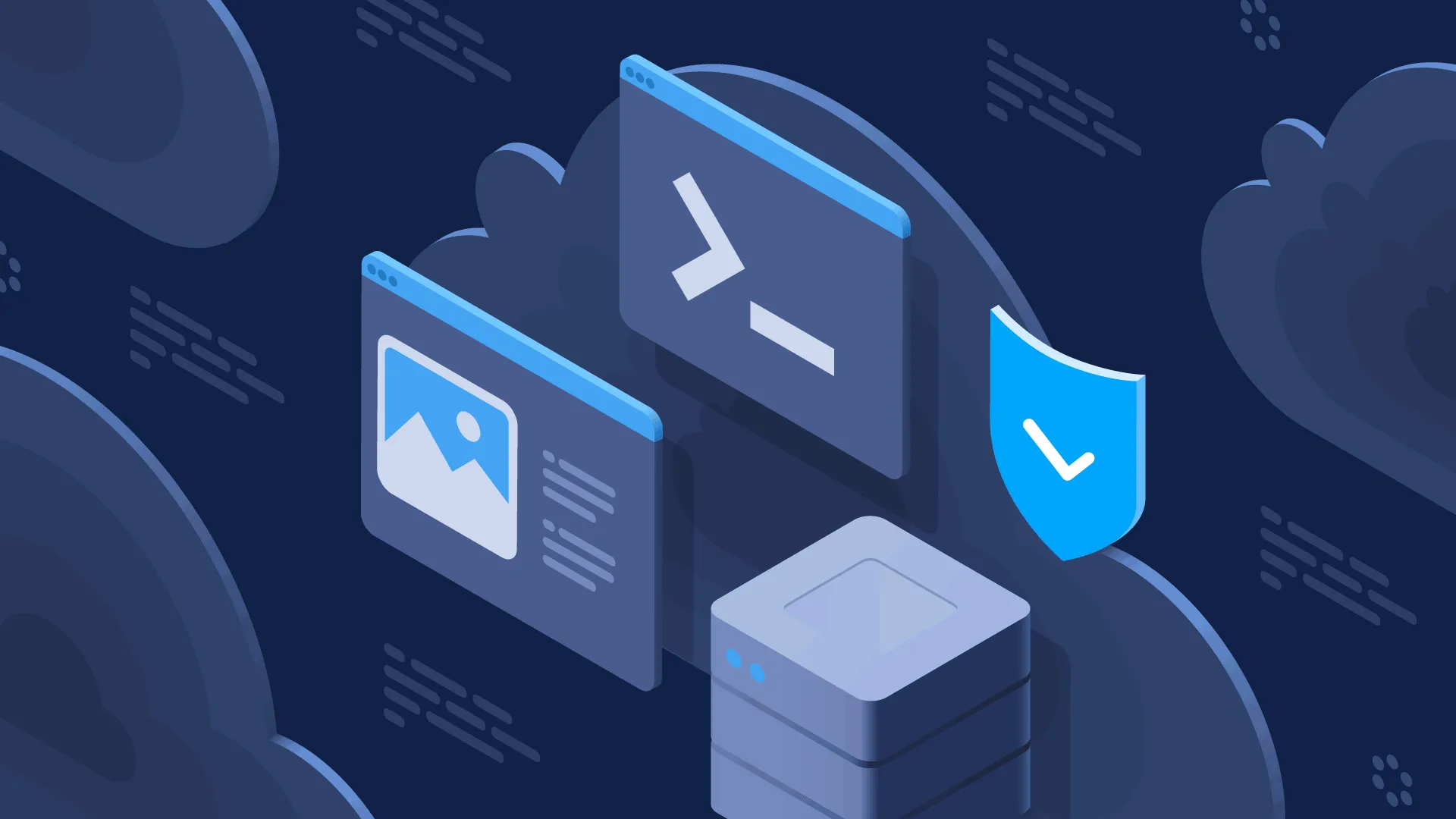Serverless has emerged as an innovative approach to applying cloud-based technologies and making them reach their full potential. That allows an organization to focus on its critical products and services rather than manage loads of traffic on its IT infrastructure. Besides, serverless architecture can offer multiple benefits like flexibility, unconditional development & deployment, or infrastructure cost reduction, especially to SMEs.
Thus, not surprisingly, the term “serverless” is widely used by programmers concerning application development. The particular technology has provided development teams with helpful tools necessary for deploying production-ready serverless apps with no need to implement convoluted systems traditionally involved manually.
So what is a serverless application? How does serverless impact the development lifecycle? And what are the key tools and techniques to build serverless apps? Read in our blog post.
What is a serverless app?
Serverless applications are the ones made using serverless architecture or FaaS (Function as a Service). At the same time, the serverless code can be combined with code written in the usual server style like microservices. For instance, you can write several parts of a web app using a traditional compute model, while others can be written using the serverless approach. Or you can build an app that does not utilize any provisioned servers and is fully serverless.
In addition, serverless apps can maintain both asynchronous and synchronous operations. The selected serverless platform you use will manage the input and output options, along with the language you can write your application in.
How serverless impacts the development lifecycle?
Serverless applications are often deployed using IaC (Infrastructure as Code) solutions such as AWS CDK or AWS SAM. Both tools are based on a powerful product from AWS called AWS CloudFormation. IaC means better traceability and improved collaboration on the infrastructure.
Also, you can parameterize the deployment scripts in terms of environments, regions, or users, especially if you use IaC solutions like CloudFormation. For instance, you can deploy a replica of your infrastructure for all branches in your repo for their further testing during the development process in complete isolation from one another. That helps significantly reduce the feedback loop for the development team who intend to understand if their code performs correctly in a live environment. But there is no need for managers to worry about the cost of deploying environments because you will be billed on a per-use basis.
What about DevOps - they have fewer things to worry about as they need to ensure the correct configuration for developers. After all, they do not have any instances, load balancers, and security groups for managing. In this respect, experts often use the term “NoOps.” However, it is still critical to have expertise and experience in infrastructure configuration, particularly regarding IAM (Identity and Access Management) configuration or cloud resources optimization.
Today, there are numerous powerful visibility and monitoring tools available on the market, including well-known and mature NewRelic, Datadog, Dynatrace, and AppDynamics. Additionally, a myriad of promising players appeared on the market, such as Epsagon, Thundra, Dashbird, or IOPipe. These tools provide visibility and traceability of serverless apps, along with data such as functional performance metrics, architectural bottlenecks, or cost analysis. Of course, that brings valuable insights into how the app performs to DevOps engineers and architects. But also allows managers to understand better and analyze real-time, to-the-second resource costs and predict future billings.
Building serverless apps is simpler since there is no need to consider web servers, manage containers or VMs (Virtual Machines), patch servers, run operating systems, internet gateways, and many more. The absence of such responsibilities allows focusing on the core - addressing the requirements of your business and clients.
With serverless, the developers can enrich their experience. They focus on creating business logic and the ways of offloading app complexity to various services in the architecture most appropriately. Besides, serverless apps are usually event-based and can consume events from various sources. For example, API Gateway requests events, SQS, S3 events, or DynamoDB streams. Thus, all the development team has to do is specify how their business logic will correspond to the particular events.
Ultimately, you can run and debug code locally like with any other app development process. There are also almost no changes in unit testing. Thus, the ability to develop the entire app infrastructure thanks to a customizable stack configuration provides developers with the opportunity to obtain critical feedback quickly. Meanwhile, they will forget about the cost of testing or the influence on expensive managed environments.
The key tools and techniques to build serverless apps
There can be different approaches to building serverless apps, and the services you use for doing that are no exception. Although AWS is recognized as a clear leader in offering high-quality serverless solutions, you can also check out Google Cloud Functions or Azure Functions. But if you decide to work with AWS, you should consider **AWS CDK **(Cloud Development) as an effective way to build applications.
AWS CDK is a framework available for popular conventional programming languages like JavaScript, TypeScript, and Java to describe the infrastructure as a code. Besides the possibility of using the same toolset for the application and the infrastructure, AWS CDK also allows utilizing language constructs such as loops, conditional statements, and many more. Once the infrastructure is described, AWS CDK code is automatically translated into AWS CloudFormation and then deployed.
To work with various languages efficiently, you can apply the Serverless Framework. This open-source tool allows you to configure everything thanks to powerful YAML configuration files. At the same time, the particular framework supports many cloud providers. Therefore, if you seek a multi-cloud solution, the Serverless Framework will be a good option since it offers a large community with numerous plugins to satisfy your requirements.
When conducting local testing, you can apply the following open-source tools: Docker-Lambda, Serverless Local, DynamoDB Local, or LocalStack. Such tools replicate cloud services to some extent, usually sufficient for simple scenarios or unit testing. This can be especially useful for running tests in the CI/CD pipeline without provisioning infrastructure for every code branch.
Since serverless functions have an event-based nature, you may find it difficult to decompose the business logic initially. In this case, you should use message queues and state machines. For instance, message queues can help decouple areas of business logic, control app bottlenecks, and process transactions. AWS Step Functions can be used to replicate various business processes.
AWS Lambda functions can assign SQS queues as dead letter queues. They will monitor failed events for further analysis. Meanwhile, you can use AWS Step Functions to manage complex processes that need to chain functions together. Thus, instead of applying a Lambda function that invokes another one, AWS Step Functions allow coordinating state transitions, passing information between functions, and managing a global function state. These functions help define retry conditions or actions to perform when particular errors occur.
The bottom line
Serverless technology has developed incredibly during the last few years and will continue to evolve. For example, according to the Mordor Intelligence report, “the serverless computing market is expected to register a healthy CAGR of over 23.17% during 2021-2026.” Ultimately, serverless solutions bring many significant benefits throughout the development lifecycle. Such advantages may include simplified development and DevOps, along with the reduction of operating costs.
Although serverless has its caveats, there are fundamental techniques and design patterns you can use for building strong serverless apps or integrating serverless elements into your current architectures. Thanks to on-demand scalability, serverless apps can add or free up the resources depending on the load. That allows managing the pricing efficiently since you pay only for the time you are executing the needed functions.
How AgileVision can help
Over the past several years, AgileVision has helped many businesses to start using serverless computing and cut costs on software development. Are you considering serverless as a new approach to implement or need advice on your existing serverless architecture?




